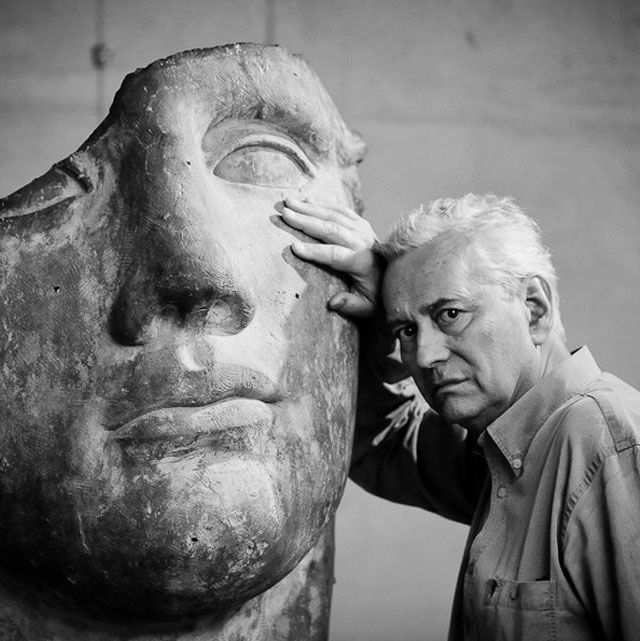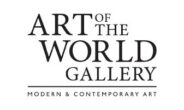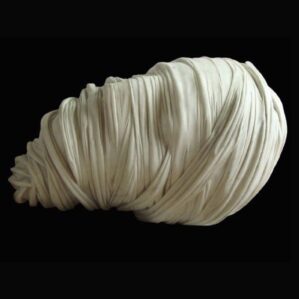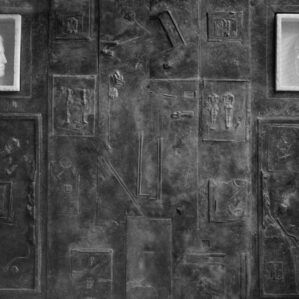
Igor Mitoraj
“I feel that a piece of arm or a leg speak far more strongly than a whole body.”
World-renowned sculptor Igor Mitoraj (1944-2014) was born in Oederan, Germany to a Polish mother and a French father. He studied painting at the Kraków School of Art and at the Kraków Academy of Art under Tadeusz Kantor. After graduating, he had several joint exhibitions and held his first solo exhibition in 1967 at the Krzysztofory Gallery in Poland. In 1968, he moved to Paris to continue his studies at the National School of Art. (Read More)
Explore artwork
Shortly afterwards, he became fascinated by Latin American art and culture, spending a year painting and traveling around Mexico. The experience led him to take up sculpture. After his return to Paris in 1974, he held another major solo exhibition at the Gallery La Hune, including some sculptural work. The success of the show persuaded him that he was first and foremost a sculptor.
Having previously worked with terracotta and bronze, a trip to Carrara, Italy in 1979 turned him to use marble as his primary medium and in 1983 he set up a studio in Pietrasanta. In 2006, he created the new bronze doors and a statue of John the Baptist for the basilica of Santa Maria degli Angeli in Rome.
Mitoraj’s sculptural style is rooted in the classical tradition with its focus on the well modeled torso. However, he introduces a post-modern twist with ostentatiously truncated limbs, emphasizing the damage sustained by most genuine classical sculptures.
The main theme of Mitoraj’s works is the human body: its beauty and fragility. His work resolutely postmodernism, inspired by the antique statuary, and in particular, its ideal proportions. The artist wants to reveal nature and human imperfection. His sculptures are deliberately injured or scratched and even found nailed to the ground.
SELECTED EXHIBITIONS
Important Exhibitions
2016 Mitoraj Pompeii, Pompeii Archaeological Site, Pompeii, Italy
2012 Memoraie, Campania, Italy
2011 Temple Valley, Sicily, Italy
2005 Mitoraj a Venezia. Venice Civic Museums of Art and History, Venice, Italy
2004 Tuileries Gardens, Paris, France
Mercati di Traiano, Rome, Italy
Royal Palace, Warsaw, Poland
Biennales
1986 42nd International Biennial Art Exhibition, Venice, Italy
Permanent Collections
British Museum, London, England
Montgomery Square, Canary Wharf, London, England
Yorkshire Sculpture Park, West Yorkshire, England
Boboli Gardens, Florence, Italy
Piazza Mignanelli, Rome, Italy
Piazza Monte Grappa, Rome, Italy
Uffizi Museum, Florence, Italy
Old Town Hall, Bamberg, Germany
Beeld Boulevard, Scheveningen, the Netherlands
Main Market Square, Kraków, Poland


